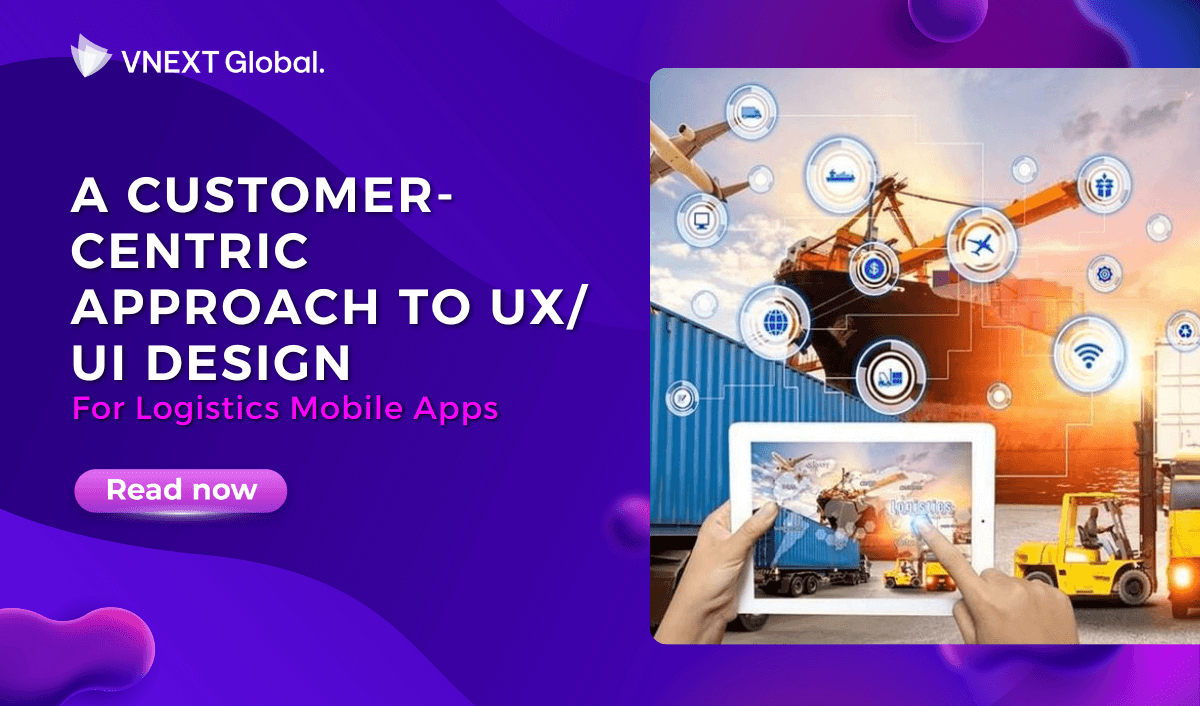The use of logistics mobile apps has been growing rapidly, with the number of downloads increasing year over year. According to a recent report, the global logistics mobile app market is expected to reach USD 6.5 billion by 2026. (PR Newswire). The majority of logistics mobile apps are available on both iOS and Android platforms, with Android having a slightly larger market share.
UX UI design, on the other hand, plays a vital role in attracting and retaining customers to use logistics mobile apps. Customers expect the mobile app to be easy to use and navigate, with clear and concise information about delivery times, tracking information, and costs. Therefore, in this article, VNEXT Global is going to provide a customer-centric approach to logistics mobile app ui design, which can help your business better implement and come up with more customer-oriented plans.
1. Displaying real-time delivery information:
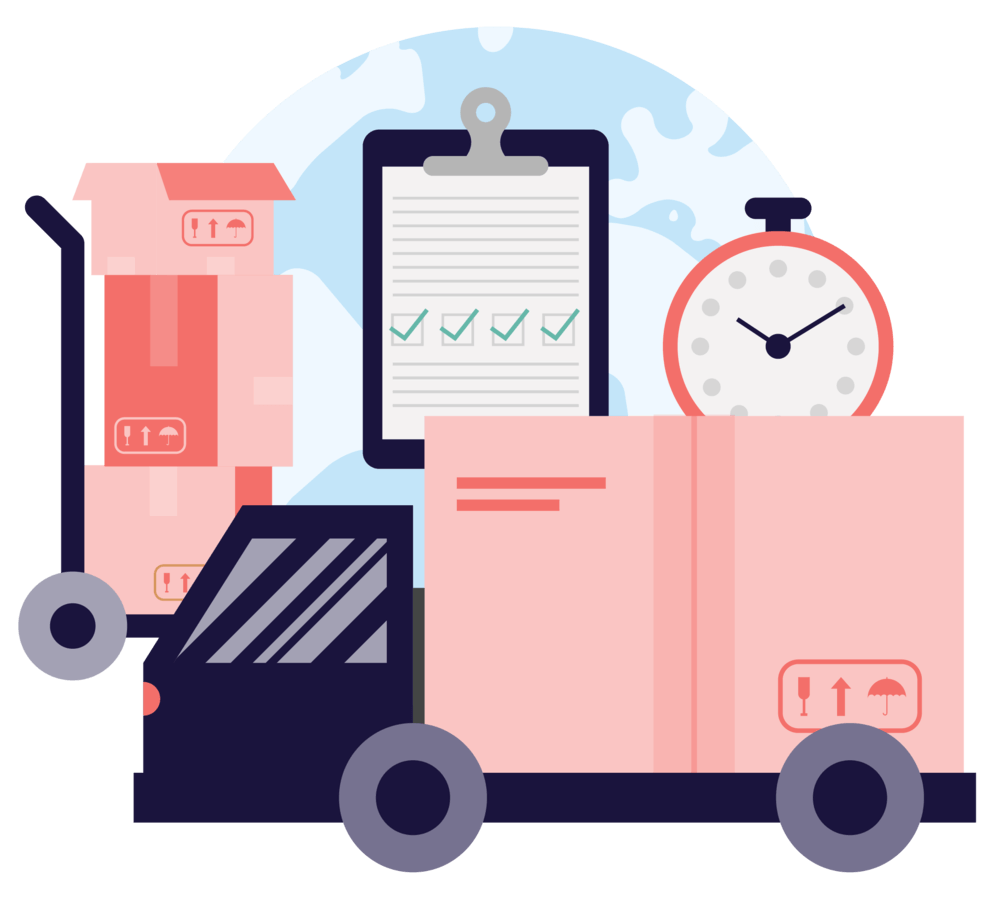
When using a logistic mobile app, users want to know where their packages are and when they will arrive, and indeed, have up-to-date information at their fingertips. Hence, a mobile app that allows users to track the status of their package delivery in real-time, including its location, expected delivery time, or any updates can certainly meet these needs. A survey of logistics mobile app users found that the majority of users are satisfied with the delivery times provided by the app, with over 70% rating the delivery time as either good or excellent.
One case study that has successfully integrated this feature into their app is UPS My Choice. UPS developed a mobile app that allows customers to track their deliveries, schedule delivery times, and receive notifications about the status of their packages. The app has been successful in improving the delivery experience for customers, thereby ranked #20 in App store for the Business app sector.
2. Incorporating map views and geolocation features:
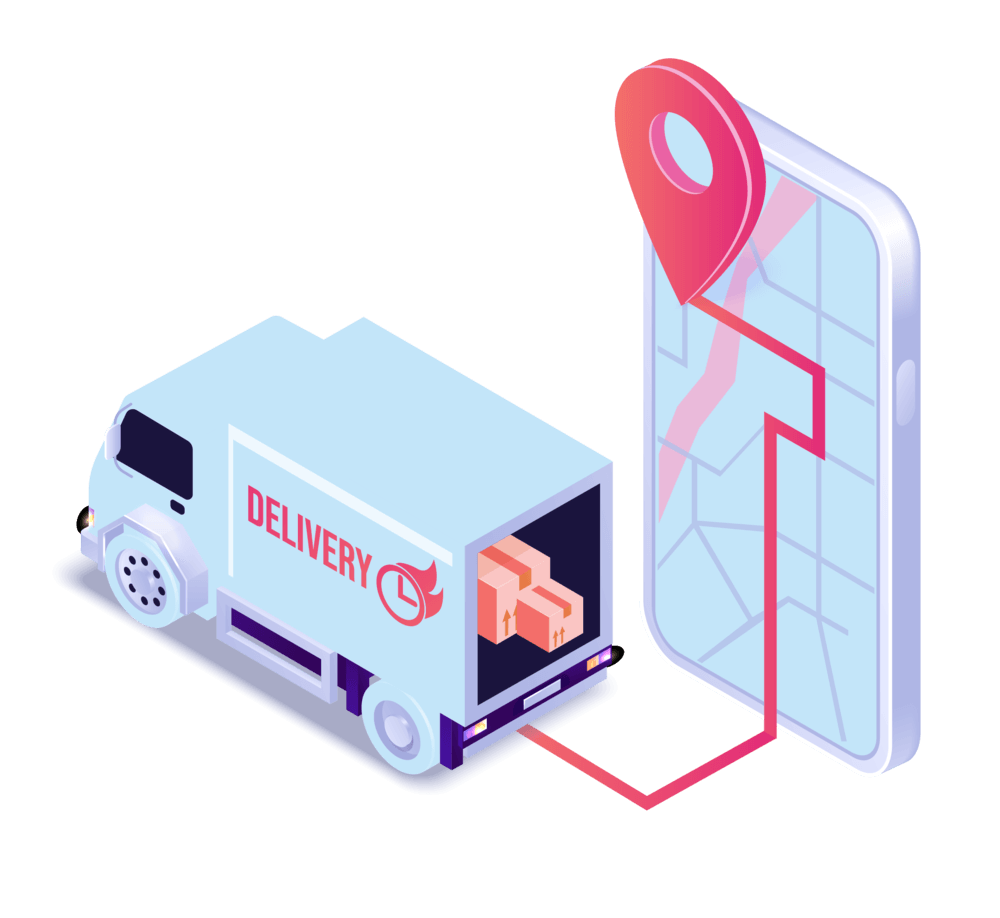
Another feature that may attract and retain logistic mobile app users are incorporating map views and geolocation features. This provides users with a visual representation of delivery locations and helps them track their packages more easily. Hence, companies should consider integrating a map view that shows the delivery route and real-time updates on the delivery vehicle's location, as well as the ability to track the delivery on a map in real-time.
This function was put into use in many logistics and transportation apps such as: Grab, Uber, etc. In Grab's case study, not only did they combine map views into their super app, but they even created their own service called Grab app. Specifically, this service provides location-based intelligence with the ambition to be the best map platform in Southeast Asia. The figures speak for themselves, as Grab continues to take the dominant position in this market in recent years.
3. Designing for simplicity and speed:
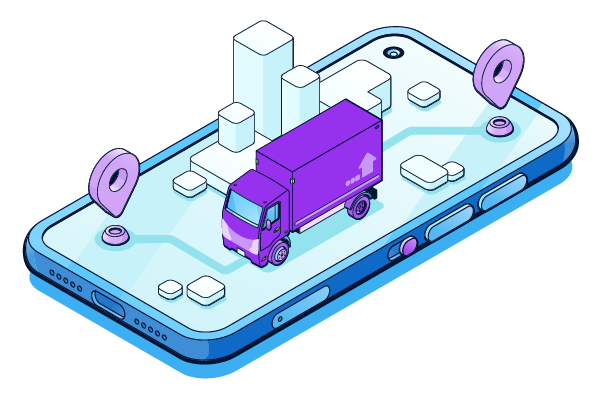
A streamlined and efficient user interface can help users complete tasks quickly and effectively, reducing frustration and improving their overall experience. Indeed, a logistic mobile app with an user interface that uses clear and concise language, minimalistic design, and fast-loading pages can ensure a smooth and efficient user experience.
For example, Amazon Prime Now app offers ultra-fast delivery of thousands of items in select cities. Customers can quickly and easily place an order and track their delivery in real-time. Besides, it has a simple and user-friendly interface that makes it easy for customers to place orders and track their deliveries.
4. Achieving a seamless and secure payment experience:
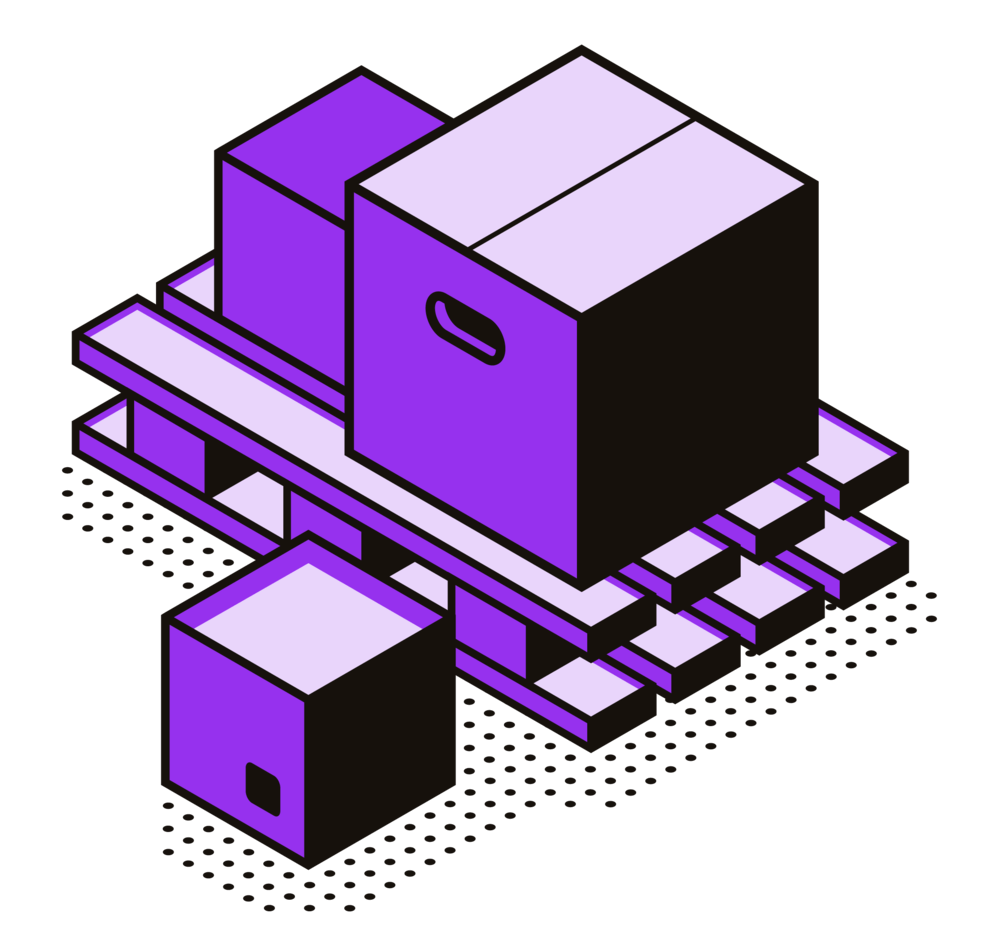
Making it easy and secure for users to pay for their deliveries is critical, as users are unlikely to use an app if they are concerned about their payment information being compromised. That’s the reason why the majority of logistics mobile apps offer a variety of payment methods, including credit card, debit card, and mobile payment options like Apple Pay and Google Pay.
To effectively meet customers’ requirements, it’s critical to to combine multiple payment methods into a single platform. For example, logistics companies should consider developing a mobile app that enables secure and efficient payment processing for deliveries, including multiple payment options, such as credit card, PayPal, and mobile payments.
Take Flexport as a typical case study of logistics mobile app for successfully integrating secure and seamless payment method for its users. The app integrates with a variety of payment options, including credit card, debit card, and mobile payment options like Apple Pay and Google Pay. The payment process is simple and secure, and users can receive payment for their deliveries within a few business days.
5. Enhancing the look and feel with graphics and animation:
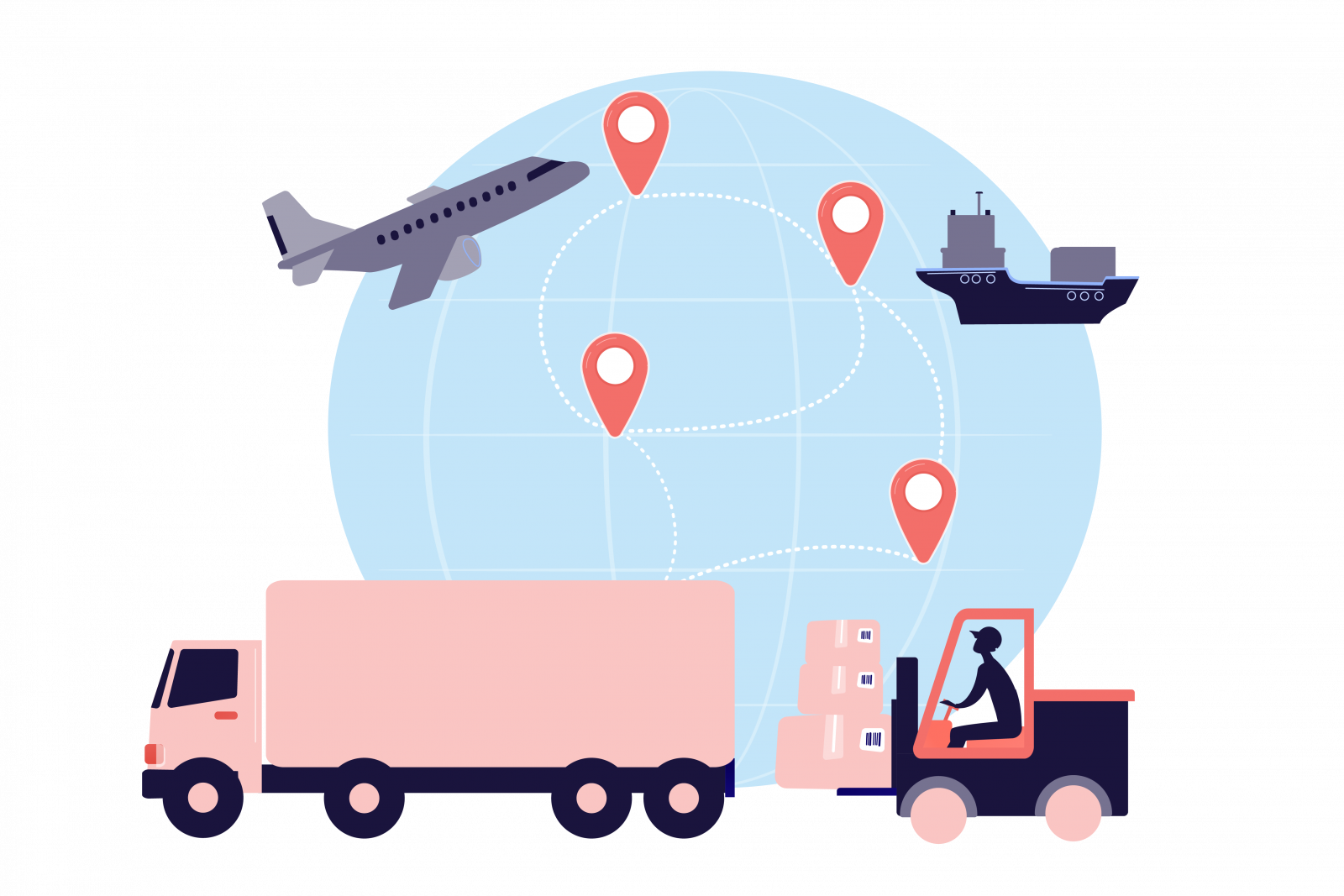
A visually appealing and engaging design can help users enjoy using the app and keep them coming back. These topics have a direct impact on the user experience, and therefore are likely to be of the most interest to users. Indeed, logistics companies should take advantages of graphics and animation to provide a visual representation of delivery information, such as the delivery vehicle's movement on a map, as well as to enhance the overall aesthetic of the app.
For instance, Deliv is a logistics mobile app that uses graphics and animation to provide a user-friendly and visually appealing experience for its customers. The app uses animation to display delivery information, such as the location of the delivery truck and the expected delivery time. This makes it easy for users to understand the status of their delivery and helps to keep them informed and engaged.
Final thoughts:
In conclusion, the use of logistics mobile apps is on the rise and is expected to reach USD 6.5 billion by 2026. To attract and retain customers, it is important for logistics companies to have a customer-centric logistics mobile app ui design. This can be achieved by incorporating features such as real-time delivery information, map views and geolocation, a streamlined and efficient user interface, seamless and secure payment options, and enhancing the look and feel with graphics and animation. Case studies of successful logistics mobile apps, such as UPS My Choice, Grab, Amazon Prime Now, Flexport, and Deliv, demonstrate the importance of these features in improving the delivery experience for customers. By adopting these best practices, logistics companies can effectively meet the needs and expectations of their customers, which can make them outperform their competitors.
If you are looking for a trusted IT partner, VNEXT Global is the ideal choice. With 14+ years of experience, we surely can help you to optimize your business digitalization within a small budget and short time. Currently, we have 400+ IT consultants and developers in Mobile App, Web App, System Development, Blockchain Development and Testing Services. We have provided solutions to 600+ projects in several industries for clients worldwide. We are willing to become a companion on your way to success. Please tell us when is convenient for you to have an online meeting to discuss this further. Have a nice day!

